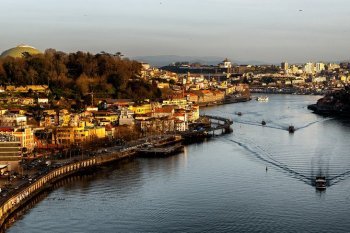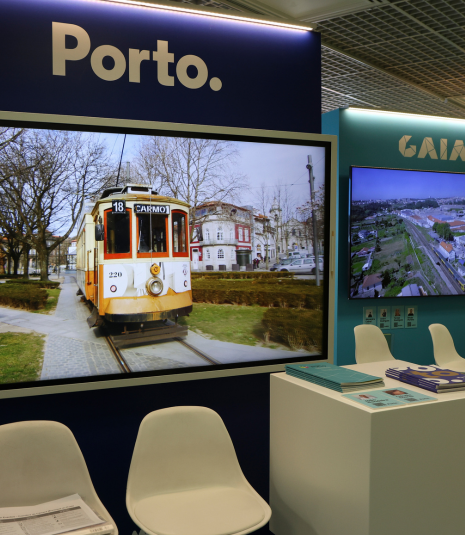River tourism in Douro recovers 23% in 2021 compared to the previous year

Porto.
· 07 Feb 2022
The Douro Waterway received 279,151 passengers in 2021, a recovery of 23.34% compared to 2020, a year with sharp falls due to Covid-19, according to Administração dos Portos do Douro, Leixões e Viana do Castelo (APDL).
According to data made available on the website by the manager of the Douro Waterway, APDL, and disclosed by Lusa, last year river tourism on the Douro River recorded a recovery of 23% compared to 2020, a year in which this segment suffered a severe hit because of the Covid-19 pandemic and accounted for a drop of 86.24% compared to 2019.
In 2021, 279,151 passengers travelled on the waterway, 160,897 (58%) of which on cruises in the same reservoir and at night, 74,438 on day cruises (27%), 33,307 on hotel boats (12%) and 10,151 (4%) on pleasure boats.
In the year 2020, in which due to the Covid-19 pandemic the boats were stopped between March and June/July, 226,333 passengers travelled on the Douro River, 86.24% less than in 2019, a year in which 1,644,937 tourists travelled on that route, 26.92% more than in 2018.
According to the data from the waterway manager, in 2021 there were 98 operators with a record of activity on the Douro River and 205 vessels that were in operation, with a capacity of 11,718 passengers.
Last year, the best months for river tourism were August (21.2%), followed by September (16.6%), July (15%) and October (12.9%), having been practically residual in the first quarter.
In 1990, with the inauguration of the 210 kilometres of the Douro Waterway between Porto and Barca d'Alva, a door was opened to tourism which was then consolidated in 2001 with the classification of the Douro as a UNESCO World Heritage Site.
As for the transport of goods on the waterway, according to APDL, last year 20,545 tonnes were transported, which represents a drop of 50.32% compared to 2020 (41,357 tonnes).




